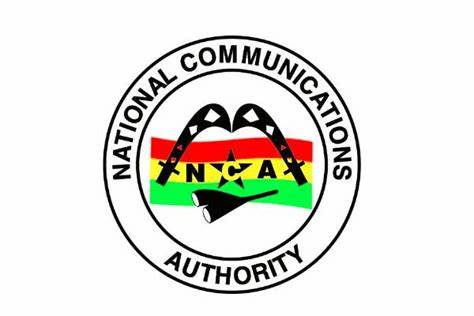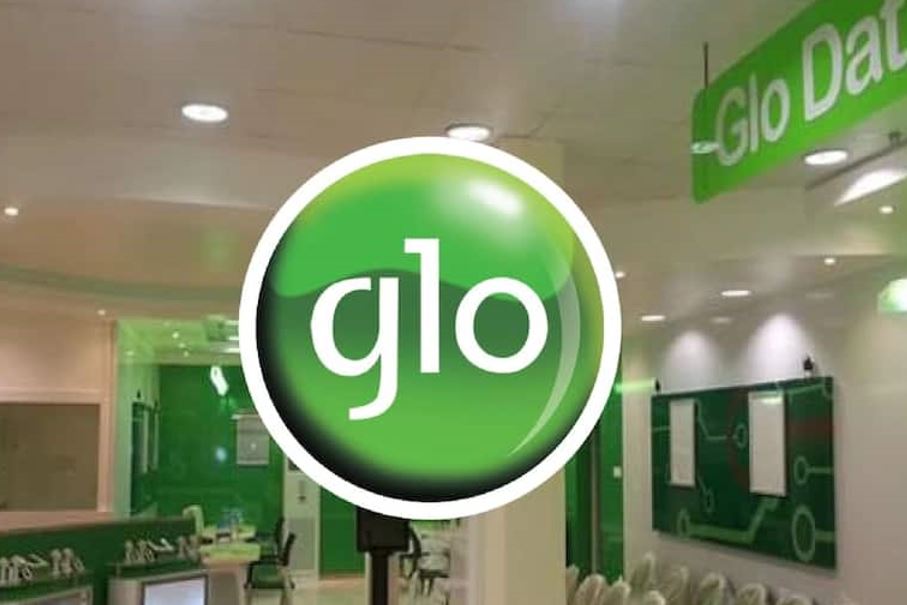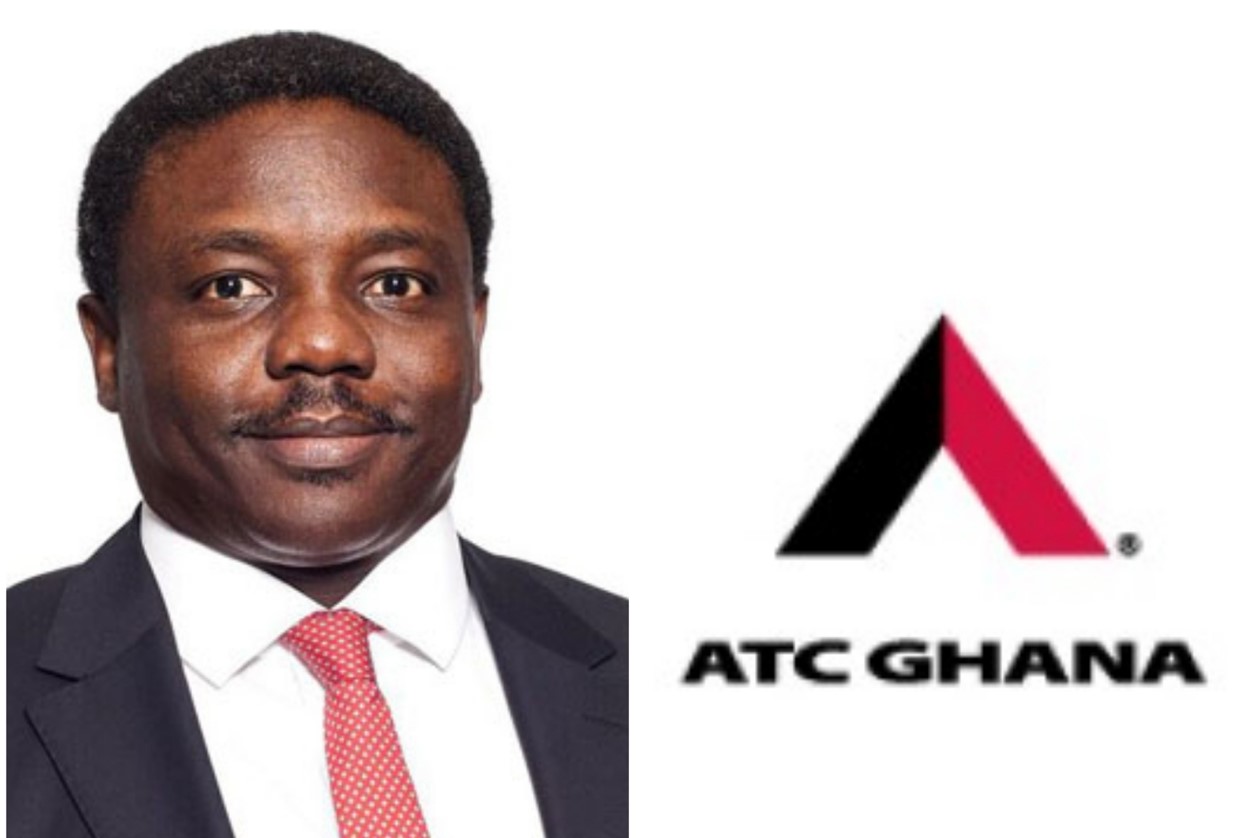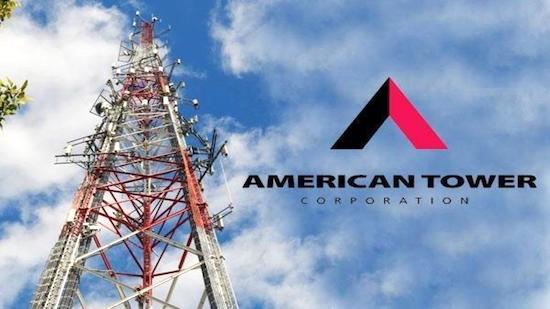
When government issued Broadband Wireless Access (BWA) licenses to Ghanaian companies in 2012, they were directed to use existing co-location towers rather than mounting their own. But now some of them are regretting following the directive, because the cost of towers under the co-location arrangement is practically suffocating them.
Meanwhile, the two key tower companies (towercos), ATC Ghana and Helios Towers, who manage the co-location arrangement are allegedly in the business of favoring the telcos from whom they acquired their towers, while the smaller operators who were prevented from mounting their own towers continue to suffer discrimination and suffocate under mounting debts.
Even though ATC Ghana flatly deny the discrimination allegation, an executive of one of the existing telcos, who sold their towers to one of the towercos, admitted to TechGH24 that the favors the telcos enjoy from the towercos is based on the contracts they signed during the transfer of towers from telcos to towercos.
He said MTN, Vodafone and Eaton (holding Airtel towers) sold to ATC Ghana and signed a lease back agreement, so, naturally they enjoy some level of favors from ATC Ghana; while Tigo at the time sold to Helios under similar conditions, so, Tigo (currently AirtelTigo) enjoys some favors with Helios.
The executive, who still works with one of the top three telcos, explained that the favors do not necessary cover all towers, but very specific towers, which form part of the lease back agreements.
This comes to corroborate the allegation in a 2017 report, that ATC Ghana, for instance, favors MTN and Vodafone based on a lease-back agreement they signed with the two regarding specific towers.
Tower lease-back agreements are not foreign to the industry. Recently when MTN South Africa sold their towers to IHS for US$800 million, there was a lease-back arrangement that favors MTN. So, that telco executive said it is strange that ATC Ghana would even deny what is a well-known industry practice.
However, according to him, those lease-back contracts will elapse by close of this year and then the industry regulator, National Communications Authority (NCA) can step in and referee the next line of contracts and ensure that they do not shortchange the smaller operators and new entrants who do not have any towers to sell to the towercos because the NCA’s own Tower Guidelines subtly prevented from mounting their own towers.
He stated that indeed, apart from the two leading operators, tower cost is indeed a big problem for the others, including the one he works for, and they will appreciate some regulatory intervention in that regard in the interest of the entire industry.
Until the existing tower contracts elapse, towercos continue to give priority to the legacy telcos who sold the towers to them, while the smaller operators continue to have limited access to towers for two main reasons:
- They cannot afford the relatively high monthly recurrent tower fees of GHS10,000 per tower, which has been found to be more than 60% above industry average. Indeed, for some of the smaller operators, tower cost alone makes up 70% of their operational expenditure (OPEX), and that is driving potential investors off completely.
- The towercos have allegedly categorized towers in to platinum, gold and silver, with the platinum towers being the ones in densely populated business districts, where ARPU (average revenue per user) is high. The fees on the platinum towers are higher so the smaller operators cannot afford it, and are therefore denied regular access to those towers to make some money.
NCA Tower Guidelines

How did we get here? Per the NCA’s Tower Guidelines, both existing operators and new entrants are required to first explore co-location opportunities before thinking about mounting their own towers if co-location is not possible. The law requires that all towers 46 meters and above in height should be between 400 meters radius of each other, and those below 46 meters should be 300 meters radius of each other.
So, without NCA even directly stopping new entrants from mounting their own towers, it becomes difficult for them to do so, given that almost every viable location for a tower has been taken by the legacy operators, and they have transferred a lot of those towers to the towercos for the purposes of co-location. In effect, the guidelines compelled the smaller operators to join co-location arrangements and now they are suffering.
Tower proliferation by Glo

This whole co-location policy begun due to the proliferation of towers across the country when Glo came into the market. Glo started on a very aggressive note, mounting towers all over the country with a promise to provide great experience to Ghanaians on the back of their Glo One undersea fibre.
But a lot of those towers have proved to be economically non-viable, and Glo has cut back heavily on tower use and have practically abandoned a lot of its own towers in parts of the country. Glo tried to join the co-location arrangement in some prime areas but said the tower fees quoted by the towercos were “ridiculously high” so they quit that as well.
They also reported that in a few areas where they joined co-location, there was blatant discrimination by the towercos in favor of the top operators, particularly when there is power outage and the towercos switch on the onsite generators – they allegedly power base stations belonging to the two top operators and leave those belonging to the smaller operators. So, Glo has completely abandoned co-location for that reason.
Here is what an official of Glo told TechGh24:
“I am not sure any Telco has the appetite to build more masts at the moment as most of the economically viable markets are covered. Indeed we have masts in rural areas that can’t be supported by economic activity in those areas and are therefore not operational. In areas like the UG campus where we attempted collocation, the Tower companies made ridiculous proposals and succeeded in discouraging us because of the monopoly they enjoyed.”
The purpose of co-location is to encourage smaller operators and new entrants to roll out and be able to compete, not discourage smaller operators in favor of the big boys who control the territory.
Another official of some other operator also said the following:
“The market is heavily tilted in favor of the SMP which in both instances of MNOs and Tower companies is MTN. There is very little encouragement given to late entrants like us with higher operational costs, despite the lip service being paid! That is the sad state of affairs. The [2017] report (which ATC Ghana denies) represents this reality, complete with the regulatory actions recommended.”
Argument against smaller operators
There have been an argument in some circles that the smaller operators did not do their research about tower costs before entering the market. But that argument has been knocked down flat on the face, firstly with the NCA’s own Tower Guidelines, which subtly shepherded new entrants towards co-location and prevented them from mounting their own towers. It was like the guidelines were made to make it easier for ATC Ghana to recoup their investment. Per ATC Ghana’s own report, adding on new tenants comes at virtually zero cost to them, but rakes in massive profits for them.
One executive of a smaller operator said anyone who argues that “we are to blame due to failure to invest in towers is showing complete and utter lack of understanding of telco business dynamics.”
The executive further stated that the fact of the matter is that a mega-trend in the industry is tower sharing (co-location), and sometimes even RAN (Radio Access Network) sharing; the main reason being better Return on Capital Employed (ROCE).
He explained that many telco’s are struggling to achieve ROCE greater than WACC. WACC is the weighted average cost of capital. If the ROCE is less than WACC, investing in telco is essentially destroying value.
The major problem in the industry, according to him, is the exponential growth of data consumption, while there is no exponential growth of revenue. That is the so-called data monetization gap.
“Telco’s need to keep investing in capacity, which eventually involves “cell splitting”, and thus more towers. Towers are a huge investment. I believe that ATC quotes US$120k – 150k per tower for civil works etc. There is no point for the industry to not share towers. If telco’s do share towers, they can reduce part of their CAPEX, and achieve much higher ROCE,” he said.
According to him, the bottom line is, if the NCA wants to develop Digital Ghana, they should enable smaller players to thrive.

One thing NCA must consider is that ATC Ghana remains a de facto significant market power (SMP) in the tower industry and it subtly keeps fueling the other SMP to maintain its dominance.
And the numbers are there to show. When it comes to co-location towers, ATC Ghana commands about 85% of those, and when it comes to the total number of telecom towers in the country, including the ones being run by telcos themselves, by Helios and by K-NET, still ATC Ghana commands over 60%, which is still way more than enough for them to be named SMP and be used as a vehicle to drive growth rather than suffocate smaller players.
It is important to, in that regard, make the point that last year ATC Ghana gave an unusual offer of 40% discount on recurrent tower cost to smaller operator, on condition that they paid their legacy debt; but none of those operators could take advantage of the offer because their legacy debts were heavy. This should definitely engage the attention of the NCA’s new board as something that require some concrete regulatory intervention.









